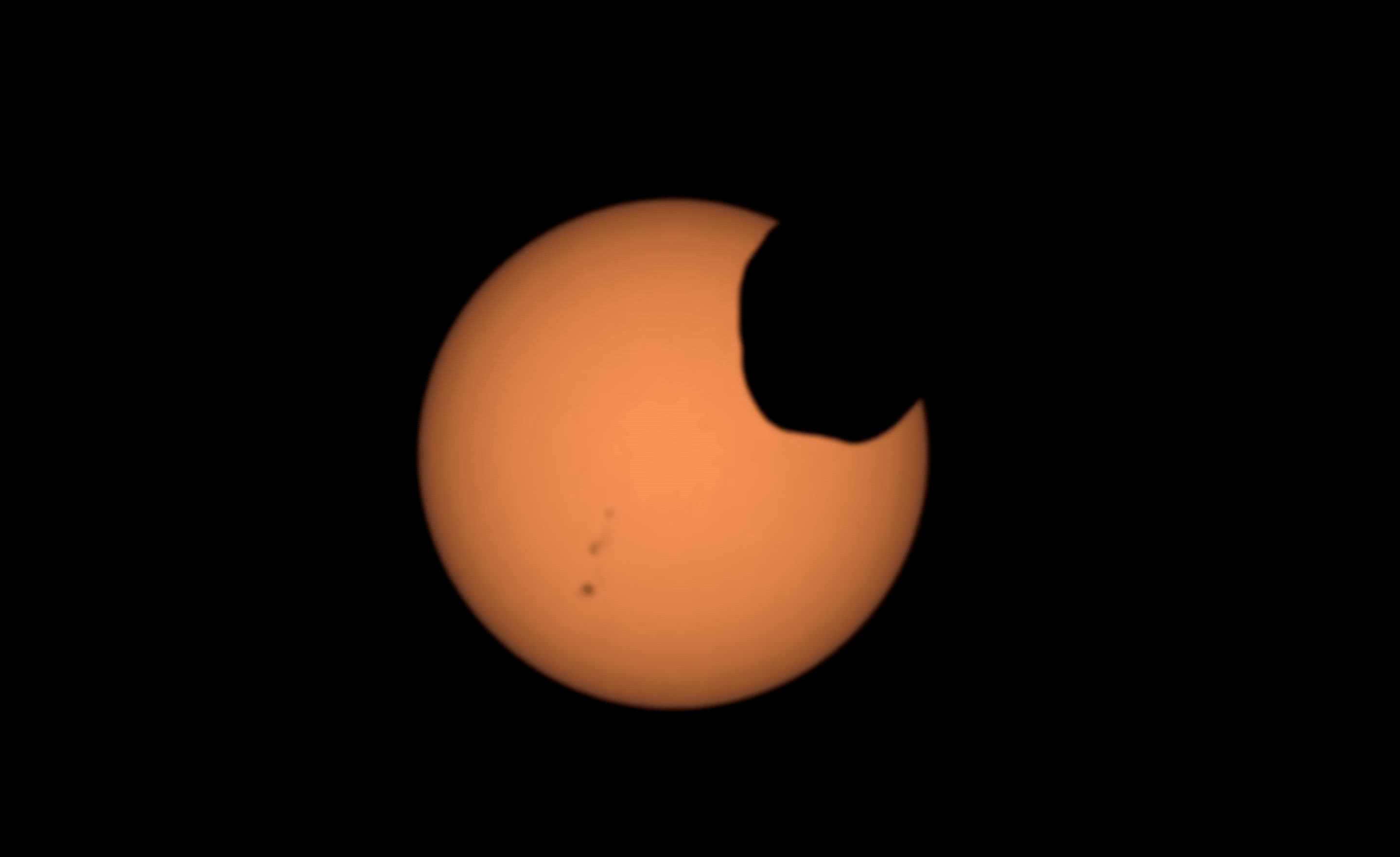When you purchase through links on our web site , we may earn an affiliate commission . Here ’s how it function .
Ancient microbiallife on Marscould have destroyed the major planet ’s atmosphere through climate modification , which at long last led to its quenching , new research has suggested .
The new theory comes from a mood modeling bailiwick that simulate hydrogen - take in , methane - producing microbes be onMarsroughly 3.7 billion years ago . At the meter , atmospheric conditions were similar to those that existed on ancientEarthduring the same period . But instead of creating an environs that would help them flourish and evolve , as happened on Earth , Martian bug may have doomed themselves just as they were getting take up , consort to the work published Oct. 10 in the journalNature Astronomy .

Ancient microbes could have made the planet inhospitably cold.
The example suggest that the reason life history thrive on Earth and was fate on Mars is because of the gas compositions of the two planets , and their relative distances from thesun . Being farther away from our star than Earth , Mars was more reliant on a potent fog of heat - trappinggreenhouse gases , such as atomic number 6 dioxide and hydrogen , to asseverate hospitable temperatures for life . So as ancient Martian microbes ate hydrogen ( a stiff greenhouse gas ) and produced methane ( a significant nursery gas on Earth but less potent than H ) they slowly ate into their planet ’s warmth - trapping blanket , eventually make Mars so cold that it could no longer evolve complex aliveness .
Related : Curiosity bird of passage discovers that evidence of preceding life on Mars may have been erased
As Martian control surface temperatures send away from a tolerable range between 68 and 14 degrees ( 10 to 20 degrees Celcius ) Fahrenheit to a punishing minus 70 F ( minus 57 C ) , the bug flee deeper and deeper into the warmer crust of the planet — burrowing more than 0.6 mile ( 1 kilometre ) deep only a few hundred million years after the cool event .

— Mars ’ destruction - spiraling lunar month beguile in gorgeous occultation video
— gargantuan reservoir of ' hidden water ' see on Mars
— scientist discover bizarre ' insect - like ' dawning stretching halfway across Mars

To find evidence for their theory , the researcher want to find out if any of these ancient microbes endure . trace of methane have been detected on Mars ’ thin aura by orbiter , as well as in the form of‘alien burps’spotted byNASA ’s Curiosity bird of passage , which could be grounds that the germ still subsist .
The scientists believe their findings suggest that life history may not be innately ego - sustain in every conducive environment it pops up in , and that it can well wipe itself out by accidentally destroying the foundations for its own existence .
" The ingredients of life are everywhere in the universe , " study leading author Boris Sauterey , an astrobiologist at the Institut de Biologie de l’Ecole Normale Supérieure in Paris , Francetold Space.com . " So it ’s possible that life appears regularly in the population . But the unfitness of liveliness to maintain habitable condition on the surface of the satellite makes it go extinct very tight . Our experimentation claim it even a step farther as it bear witness that even a very primitive biosphere can have a completely self - destructive effect . "















